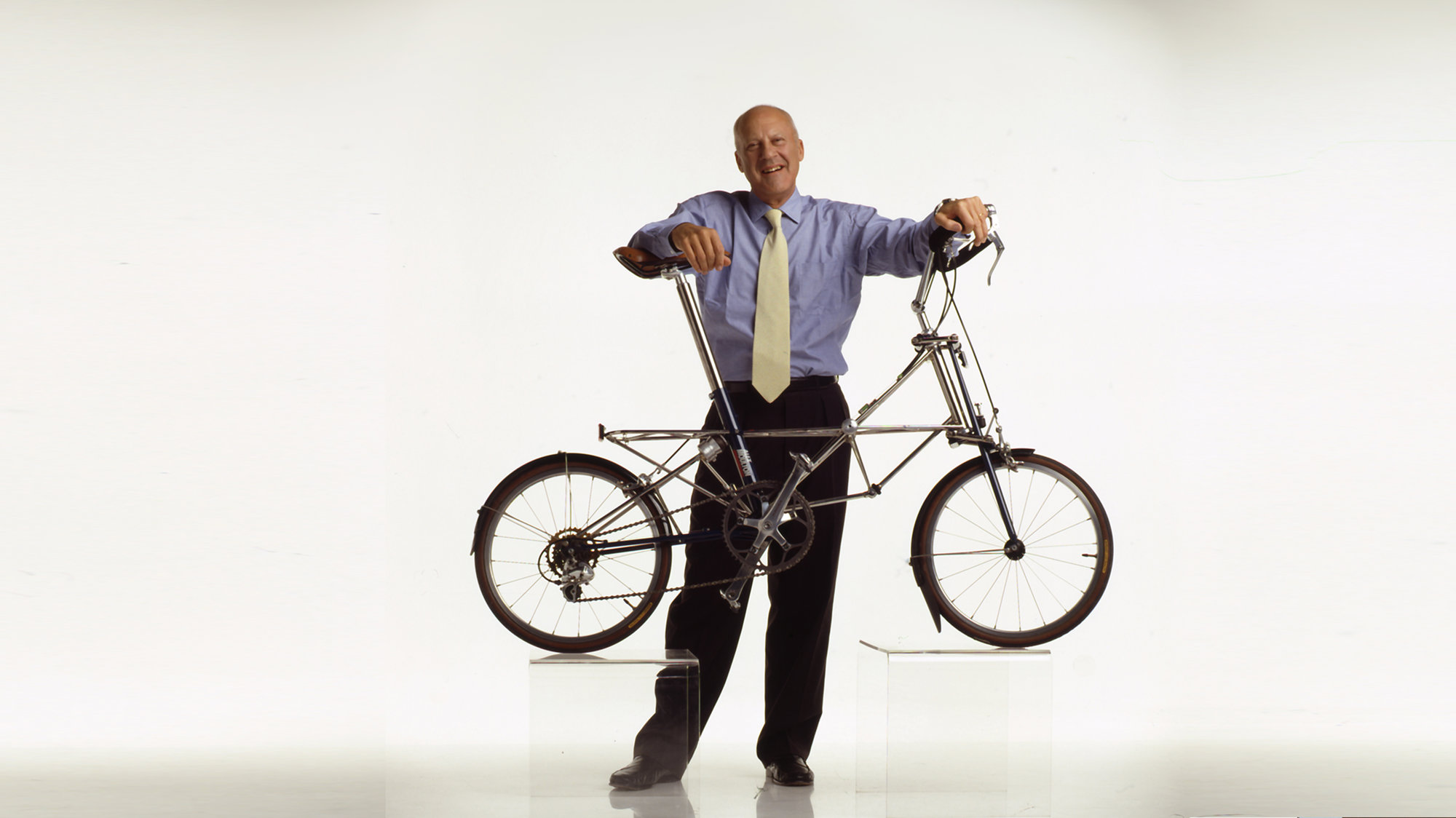Before 1962, the basic design of the modern bicycle had changed very little since the early 1880s, when the ‘safety bicycle’ was developed in England. All subsequent designs followed this established model until Alex Moulton came along and literally reinvented the wheel.
The essence of the Moulton bicycle is its simplicity, and in each of its fundamental elements, a radical rethinking of convention. Rather than the large wheels and hunched riding position of the standard bicycle, Moulton introduced the concept of smaller wheels and a space-frame system with rubber suspension. The result is a lightweight, fast and remarkably strong machine. An aesthetic object, it is also a delight to use – flexible, responsive and comfortable to ride. Like other engineered objects that I find exciting, its appearance and performance are indivisible – it has a kind of sparse beauty. It is also recognised the world over as the ultimate riding machine – the highest speed officially recorded for a bicycle ridden in a conventional upright position was set by 1986 by Jim Glover on a Moulton AM7.
Alex Moulton was a remarkable man and a brilliant engineer. His professional life was devoted to the research, development, design and manufacture of advanced and innovative products. Before turning his attention to bicycles, he worked alongside Sir Alec Issigonis at the British Motor Corporation, developing the rubber suspension system for the Mini; and Moulton’s subsequent hydragas suspension systems were a feature of numerous British production vehicles.
I have many fond memories of time spent with Alex Moulton, especially at his home in Bradford–on–Avon. Like many creative individuals there was no division between his passion for design and day-to-day living. The family estate was also the manufacturing base for what has become a design classic – British by origin but international in its appeal.
Norman Foster
December, 2012
Photo credit: Patrick Lichfield,
copyright The Estate of Lord Lichfield









